Home>Home Maintenance>Why Use A Ventilation System For A Gas Furnace
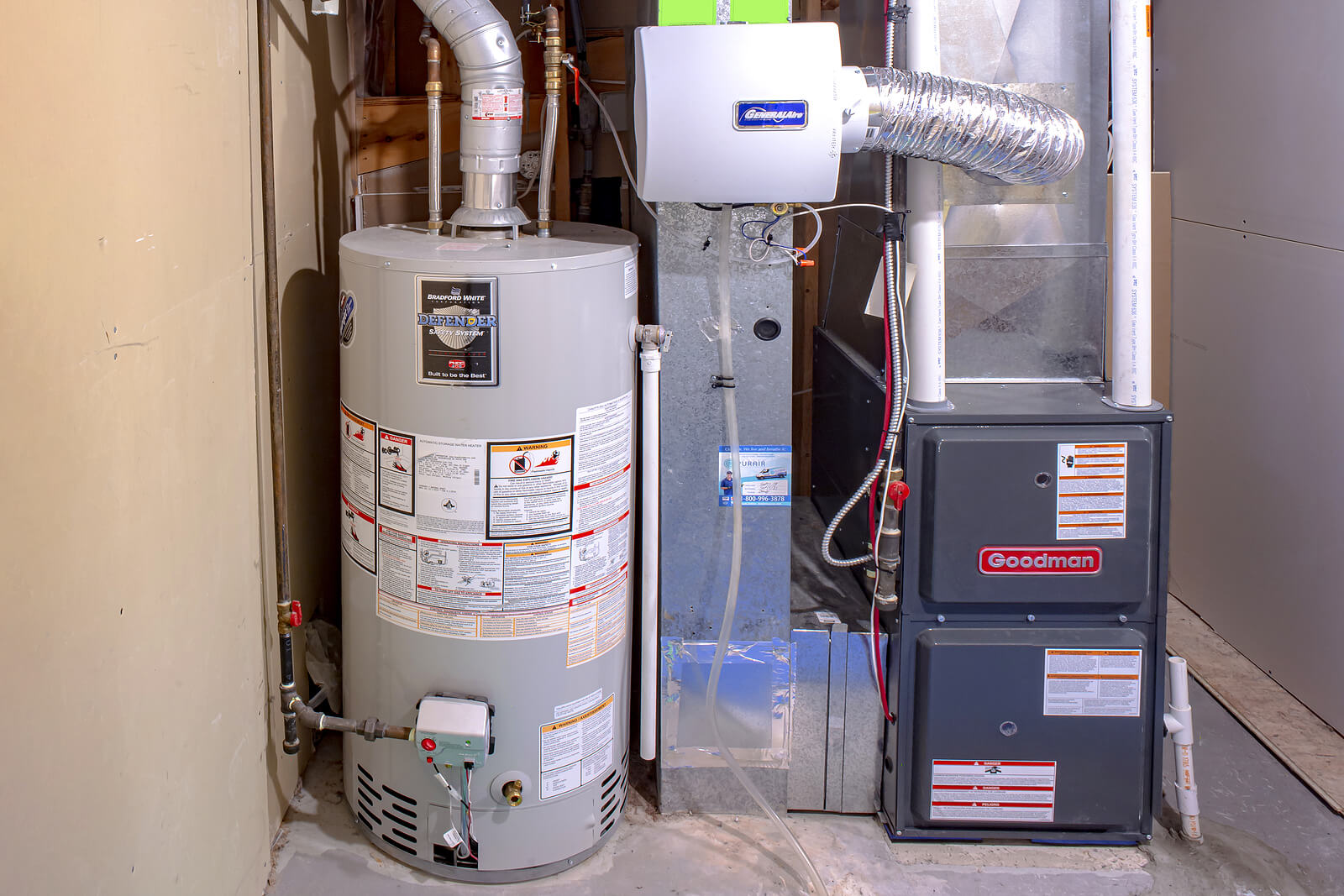

Home Maintenance
Why Use A Ventilation System For A Gas Furnace
Modified: March 6, 2024
Find out the importance of using a ventilation system for your gas furnace and ensure proper home maintenance. Safeguard your home with an efficient ventilation system.
(Many of the links in this article redirect to a specific reviewed product. Your purchase of these products through affiliate links helps to generate commission for Storables.com, at no extra cost. Learn more)
Introduction
When it comes to home maintenance, one crucial aspect that should never be overlooked is the ventilation system for a gas furnace. A gas furnace is a common heating device used in many households to provide warmth during the cold winter months. However, the proper functioning of a gas furnace relies heavily on having a well-designed and efficient ventilation system.
Understanding how gas furnaces work and the importance of ventilation is essential for homeowners who want to ensure the safety and optimal performance of their heating system. In this article, we will explore the significance of a ventilation system for gas furnaces, the potential health and safety concerns, and the benefits of using such a system.
Key Takeaways:
- Proper ventilation is crucial for gas furnaces to remove harmful gases and moisture, ensuring safety, energy efficiency, and a healthy indoor environment for homeowners and their families.
- Choosing the right ventilation system and regular maintenance are essential for the longevity and optimal performance of a gas furnace, providing reliable warmth and peace of mind during winter.
Read more: What Is A Furnace In HVAC
How Gas Furnaces Work
Before delving into the importance of ventilation systems for gas furnaces, it is crucial to have a basic understanding of how these heating systems operate.
A gas furnace works by burning natural gas or propane to produce heat. The combustion process takes place inside the furnace’s combustion chamber, where gas is ignited by a pilot light or electronic ignition. As the gas burns, heat is produced, which is then transferred to the air that flows through the furnace.
The heated air is circulated throughout the house via ductwork and distributed through vents or registers. This allows the warm air to reach different areas of the home, providing comfort and raising the indoor temperature to the desired level.
To regulate the temperature, gas furnaces are equipped with a thermostat. The thermostat senses the temperature in the house and signals the furnace to turn on or off accordingly. This helps maintain a consistent and comfortable environment.
While gas furnaces are reliable and efficient heating systems, they produce byproducts during the combustion process. These byproducts, including carbon monoxide and other potentially harmful gases, must be safely removed from the home with the help of a ventilation system.
The Importance of Ventilation in Gas Furnaces
Adequate ventilation is crucial for gas furnaces for several reasons. Firstly, the combustion process in a gas furnace produces byproducts, including carbon monoxide (CO), a colorless, odorless gas that can be extremely dangerous if not properly vented. Carbon monoxide is poisonous and can cause symptoms such as headaches, dizziness, nausea, and even death in high concentrations.
Additionally, the ventilation system helps remove other combustion byproducts such as nitrogen dioxide (NO2) and sulfur dioxide (SO2). These gases can also have adverse effects on indoor air quality and human health if not properly ventilated.
Proper ventilation ensures the safe and efficient operation of a gas furnace by removing the harmful gases and promoting fresh air circulation. It helps maintain a healthy and comfortable environment for occupants.
Furthermore, ventilation plays a crucial role in preventing the buildup of excessive moisture in the house. Gas furnaces produce water vapor as a byproduct of combustion, which, if not adequately vented, can lead to issues such as mold growth, structural damage, and respiratory problems.
By expelling moisture and maintaining proper airflow, ventilation systems help prevent these potential problems and contribute to a healthier indoor environment.
Moreover, an efficient ventilation system assists in maintaining the overall energy efficiency of the gas furnace. It helps prevent the recirculation of stale air and allows for the intake of fresh air, ensuring that the furnace operates at its optimal performance level.
Overall, the importance of ventilation in gas furnaces cannot be overstated. It is essential for ensuring the safety, air quality, and energy efficiency of the heating system, as well as maintaining a comfortable living environment for homeowners and their families.
Health and Safety Concerns
When it comes to gas furnaces, there are several health and safety concerns that homeowners need to be aware of. Understanding these risks and taking appropriate measures is crucial for the well-being of everyone in the household.
One of the primary concerns with gas furnaces is the potential for carbon monoxide (CO) poisoning. Carbon monoxide is a colorless and odorless gas produced during the combustion process. If the gas furnace is not properly vented or if there are leaks in the ventilation system, carbon monoxide can build up in the home, leading to severe health risks.
Exposure to carbon monoxide can result in symptoms such as headaches, dizziness, nausea, confusion, and even loss of consciousness. Prolonged exposure to high levels of carbon monoxide can be life-threatening. It is crucial to have carbon monoxide detectors installed in the home to provide an early warning system in case of a leak.
In addition to carbon monoxide, gas furnaces can produce other combustion byproducts, such as nitrogen dioxide (NO2) and sulfur dioxide (SO2). These gases can contribute to respiratory issues, especially for individuals with pre-existing respiratory conditions or sensitivities.
Proper ventilation is essential for removing these harmful gases from the home, ensuring a healthy and safe living environment.
Furthermore, inadequate ventilation can lead to the buildup of excessive moisture in the home. This can create an ideal environment for mold growth, which can cause respiratory problems and allergies. Moisture buildup can also damage the structure of the house and result in costly repairs.
It is vital to regularly inspect and maintain the ventilation system to prevent any moisture-related issues.
To mitigate these health and safety concerns, homeowners should schedule regular maintenance and inspections of their gas furnace and ventilation system. It is recommended to hire a professional HVAC technician to ensure that everything is functioning properly and to address any potential issues.
By taking these precautions and being proactive in maintaining the ventilation system, homeowners can help protect the health and safety of their household.
Benefits of Using a Ventilation System
A ventilation system plays a crucial role in maintaining the functionality and efficiency of a gas furnace. Here are some key benefits of using a ventilation system:
- Improved Indoor Air Quality: A ventilation system helps remove harmful gases, such as carbon monoxide, nitrogen dioxide, and sulfur dioxide, ensuring better indoor air quality. It also helps eliminate odors and allergens, creating a healthier living environment for everyone.
- Enhanced Safety: By effectively venting combustion byproducts, a ventilation system reduces the risk of carbon monoxide poisoning and other health hazards associated with gas furnaces. It provides homeowners with peace of mind knowing that their heating system operates safely.
- Moisture Control and Mold Prevention: Proper ventilation helps remove excess moisture produced by the gas furnace. By controlling the humidity levels, a ventilation system mitigates the risk of mold and mildew growth, preventing associated health issues and property damage.
- Energy Efficiency: An efficient ventilation system allows for the intake of fresh air and the proper expulsion of combustion byproducts. This helps prevent the recycling of stale air, improving the overall energy efficiency of the gas furnace and reducing energy consumption.
- Improved Comfort: With a well-functioning ventilation system, homeowners can maintain a comfortable indoor environment. Proper airflow ensures even distribution of heated air throughout the house, eliminating cold spots and ensuring consistent warmth.
- Extended Lifespan of the Furnace: Adequate ventilation prevents the buildup of harmful gases and moisture, which can cause damage to the gas furnace components and decrease its lifespan. By using a ventilation system, homeowners can protect their investment and avoid costly repairs or premature replacement.
- Compliance with Building Codes: Many building codes require proper ventilation for gas furnaces to ensure the safety of occupants. By using a ventilation system, homeowners can ensure compliance with these regulations, preventing potential legal issues in the future.
In summary, using a ventilation system for a gas furnace offers numerous benefits, including improved indoor air quality, enhanced safety, mold prevention, energy efficiency, increased comfort, extended furnace lifespan, and compliance with building codes. It is an essential component of a well-maintained heating system, contributing to the overall well-being and satisfaction of homeowners.
Regular maintenance of your gas furnace ventilation system is important to ensure proper air flow and prevent the buildup of harmful gases. Be sure to clean or replace filters regularly to keep the system running efficiently and safely.
Read also: 11 Unbelievable Gas Range Hood For 2025
Types of Ventilation Systems for Gas Furnaces
When it comes to choosing a ventilation system for a gas furnace, homeowners have a few options to consider. The choice will depend on factors such as the layout of the home, local building codes, and personal preferences. Here are the most common types of ventilation systems for gas furnaces:
- Gravity Ventilation: This is the simplest type of ventilation system and relies on the natural tendency of hot air to rise and escape through flues or vents located at the top of the building. Gravity ventilation is often found in older homes and can be cost-effective since it does not require mechanical devices. However, it may not be as efficient at removing combustion byproducts as other systems.
- Power Ventilation: Power ventilation systems use mechanical fans or blowers to create a controlled airflow. These systems are often installed in homes where the furnace is located in a basement or an interior room with limited natural airflow. Power ventilation ensures the proper expulsion of combustion byproducts and provides more flexibility in terms of installation locations.
- Direct Vent: Direct vent systems utilize a sealed combustion chamber and two vent pipes. One pipe draws in outside air for combustion, while the second pipe exhausts combustion byproducts to the outside. This design eliminates the need for a traditional chimney and allows for more flexibility in locating the furnace. Direct vent systems are highly efficient and provide excellent indoor air quality.
- Vent-Free Systems: Vent-free or unvented gas furnaces do not require a ventilation system since they are designed to burn fuel in a manner that produces low levels of combustion byproducts. These systems draw in oxygen from the room and release heat directly into the living space. While vent-free systems do not require a venting system, they are controversial and subject to specific regulations and restrictions in many areas due to potential safety concerns and indoor air quality issues.
It is important to consult with a licensed HVAC professional to determine the most suitable ventilation system for your gas furnace based on your specific needs and local regulations. They can assess your home’s layout, recommend appropriate options, and ensure the proper installation and functioning of the chosen system.
Remember, the ventilation system is a critical aspect of the gas furnace setup and plays a pivotal role in maintaining safety, efficiency, and indoor air quality.
Choosing the Right Ventilation System
Choosing the right ventilation system for your gas furnace is crucial to ensure optimal performance, safety, and energy efficiency. Here are some factors to consider when selecting a ventilation system:
- Home Layout and Ductwork: Evaluate the layout of your home and the existing ductwork system. Consider whether you have a basement, attic, or crawl space that can accommodate different types of ventilation systems. Understanding the limitations and possibilities of your home’s structure will help determine the most suitable option.
- Local Building Codes: Familiarize yourself with the local building codes and regulations governing ventilation systems for gas furnaces. Different jurisdictions may have specific requirements regarding the type, size, and installation of ventilation systems. Ensuring compliance with these codes is essential to avoid potential legal issues.
- Efficiency and Airflow: Look for a ventilation system that offers efficient airflow and promotes proper ventilation. It should effectively remove combustion byproducts, such as carbon monoxide and other gases, while allowing for the intake of fresh air. Consider systems with high Energy Efficiency Ratio (EER) ratings and features like variable speed fans for better control.
- Budget: Determine your budget for a ventilation system, including the cost of installation and any necessary modifications. Different types of ventilation systems come with varying price ranges, so it’s important to find a balance between affordability and quality.
- Professional Consultation: Consult with a licensed HVAC professional to assess your specific needs and recommend the most suitable ventilation system. They can evaluate your home, consider factors like square footage, insulation, and existing HVAC setup, and guide you through the selection process.
- Safety Considerations: Prioritize safety when selecting a ventilation system. Ensure that the chosen system effectively removes combustion byproducts, minimizes the risk of carbon monoxide leaks, and complies with safety standards. Opt for systems with built-in safety features like carbon monoxide detectors and automatic shut-offs in case of malfunctions.
- Maintenance and Upkeep: Consider the maintenance requirements of the ventilation system. Some systems may require regular cleaning, filter replacements, or professional servicing. Choose a system that aligns with your willingness and ability to perform necessary maintenance tasks.
Remember that the ventilation system is an integral part of your gas furnace setup and should be chosen with careful consideration. By taking into account factors such as home layout, building codes, efficiency, budget, professional advice, safety considerations, and maintenance requirements, you can confidently select the right ventilation system for your gas furnace.
Investing in a quality ventilation system will ensure the optimal performance, safety, and longevity of your gas furnace while providing you with a comfortable and healthy living environment.
Installation Process
The installation of a ventilation system for a gas furnace should be done by a professional HVAC technician to ensure a safe and effective setup. Here is a general overview of the installation process:
- Assessment and Planning: The technician will assess your home’s layout, your gas furnace, and the existing ductwork system. They will determine the most suitable location for the ventilation system and plan the installation process accordingly.
- Preparation: The technician will gather the necessary tools and equipment for the installation. They will also ensure that the work area is clean and clear of any obstacles.
- Installation of Ventilation System: The technician will install the chosen ventilation system, following the manufacturer’s guidelines and local building codes. They will carefully connect the vent pipes, exhaust outlets, and intake openings to the gas furnace, ensuring a tight and secure fit.
- Sealing and Insulation: Proper sealing and insulation are crucial to prevent leaks and maintain energy efficiency. The technician will seal any connections, joints, or seams in the ventilation system using high-quality sealing materials. They will also insulate the vent pipes and other components as necessary to minimize heat loss.
- Electrical Connections: If the ventilation system requires electrical connections, the technician will safely wire and connect the system to the power source, ensuring proper grounding and compliance with electrical codes.
- Testing and Calibration: Once the installation is complete, the technician will perform a series of tests to ensure that the ventilation system is functioning correctly. They will check for proper airflow, monitor gas combustion, and verify that all safety features are operational.
- Final Inspection and Cleanup: The technician will conduct a final inspection to ensure that the installation meets all safety and quality standards. They will clean up the work area, removing any debris or leftover materials.
It is essential to note that the installation process may vary depending on the type of ventilation system, the complexity of the project, and any unique considerations specific to your home. A professional HVAC technician will have the expertise to navigate these variations and complete the installation with precision and accuracy.
Remember to consult with a licensed HVAC professional for the installation of your ventilation system. They will ensure that the installation is done correctly and in compliance with all relevant regulations, providing you with peace of mind and ensuring the optimal performance of your gas furnace.
Maintenance and Upkeep
Proper maintenance and regular upkeep are essential to ensure the longevity, efficiency, and safety of your ventilation system for a gas furnace. Here are some important maintenance tasks to consider:
- Regular Visual Inspection: Periodically inspect the ventilation system for any signs of damage, cracks, or leaks. Check the vent pipes, vent covers, and exterior exhaust outlets for debris or obstructions that may impede proper airflow.
- Clean or Replace Filters: If your ventilation system has filters, clean or replace them according to the manufacturer’s recommendations. Dirty filters can restrict airflow and hinder the system’s efficiency.
- Clean Ventilation Components: Remove any accumulated dust, dirt, or debris from the ventilation system. This includes cleaning the vent covers, exhaust outlets, and any accessible parts of the vent pipes. Clearing away obstructions ensures unrestricted airflow.
- Inspect Connection Points: Check the connection points of the ventilation system to ensure they are secure and properly sealed. Loose or damaged connections may result in leaks or inefficiencies.
- Test Carbon Monoxide Detectors: Regularly test the carbon monoxide detectors in your home to ensure they are functioning correctly. Replace the batteries as needed and follow the manufacturer’s instructions for testing and maintenance.
- Schedule Professional Maintenance: It is highly recommended to schedule annual maintenance by a licensed HVAC professional. They will perform a thorough inspection, clean the ventilation system, check for any issues, and ensure that the system is operating safely and efficiently.
- Address Repairs Promptly: If you notice any issues with your ventilation system, such as strange odors, unusual noises, or decreased heating performance, contact a professional technician right away. Timely repairs can prevent further damage and ensure the system’s proper functioning.
- Follow Manufacturer’s Guidelines: Refer to the manufacturer’s guidelines and recommendations for the specific maintenance requirements of your ventilation system. Different systems may have varying maintenance needs, and it is important to follow these guidelines to maximize the system’s performance.
Regular maintenance and diligent upkeep of your ventilation system will not only prolong its lifespan but also ensure that it operates efficiently and safely. By implementing these maintenance tasks and seeking professional help when needed, you can enjoy the benefits of a well-maintained ventilation system and a smoothly functioning gas furnace.
Read more: Where To Buy Nitrogen Gas For HVAC
Conclusion
A ventilation system is a crucial component of a gas furnace setup, playing a major role in maintaining safety, efficiency, and indoor air quality. Understanding the importance of ventilation in gas furnaces and the various types of ventilation systems available can help homeowners make informed decisions about their heating systems.
Proper ventilation ensures the safe removal of combustion byproducts, such as carbon monoxide, nitrogen dioxide, and sulfur dioxide, preventing potential health hazards. It also helps control moisture levels, reducing the risk of mold growth and structural damage in the home.
Using a ventilation system offers several benefits, including improved indoor air quality, enhanced safety, mold prevention, energy efficiency, increased comfort, extended furnace lifespan, and compliance with building codes. These advantages contribute to a healthier living environment and greater peace of mind for homeowners.
When it comes to choosing a ventilation system, factors such as home layout, local building codes, efficiency, budget, safety considerations, and maintenance requirements should be taken into account. Consulting with a professional HVAC technician is highly recommended to ensure the right system is selected and properly installed.
Regular maintenance and upkeep are crucial in maintaining the functionality and longevity of the ventilation system. Tasks such as visual inspections, filter cleaning or replacement, cleaning of ventilation components, and professional maintenance will ensure the optimal performance of the system.
In conclusion, understanding the significance of ventilation in gas furnaces and investing in a proper ventilation system can provide homeowners with a safe, efficient, and comfortable heating system. By prioritizing maintenance and addressing any issues promptly, homeowners can enjoy reliable warmth and peace of mind during the cold winter months.
Frequently Asked Questions about Why Use A Ventilation System For A Gas Furnace
Was this page helpful?
At Storables.com, we guarantee accurate and reliable information. Our content, validated by Expert Board Contributors, is crafted following stringent Editorial Policies. We're committed to providing you with well-researched, expert-backed insights for all your informational needs.
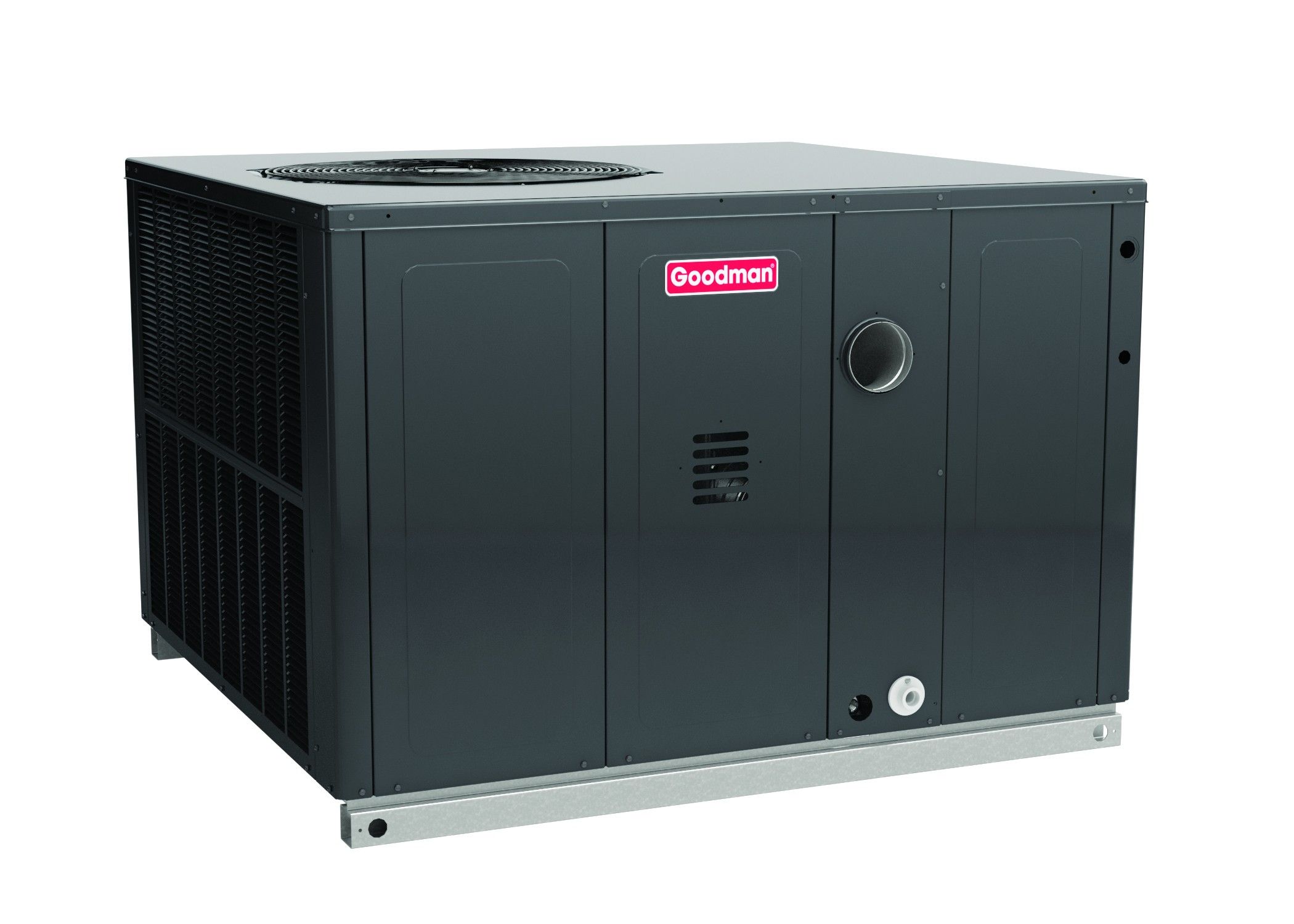

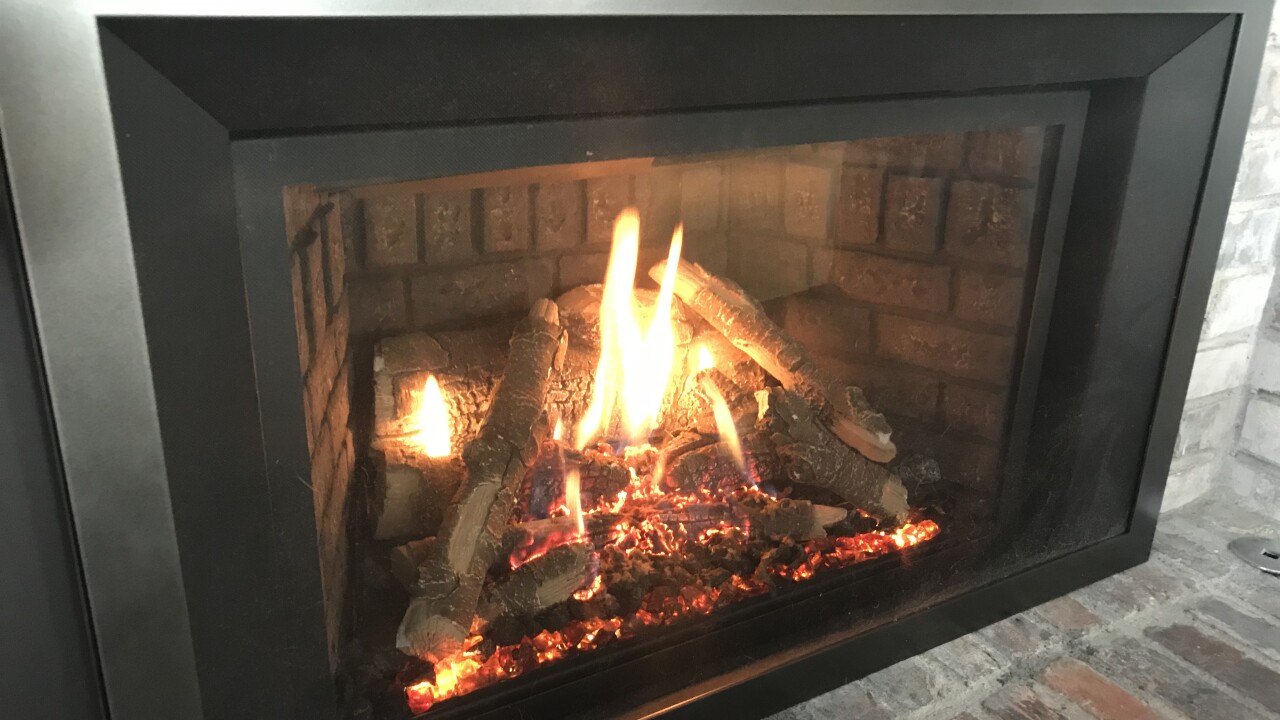
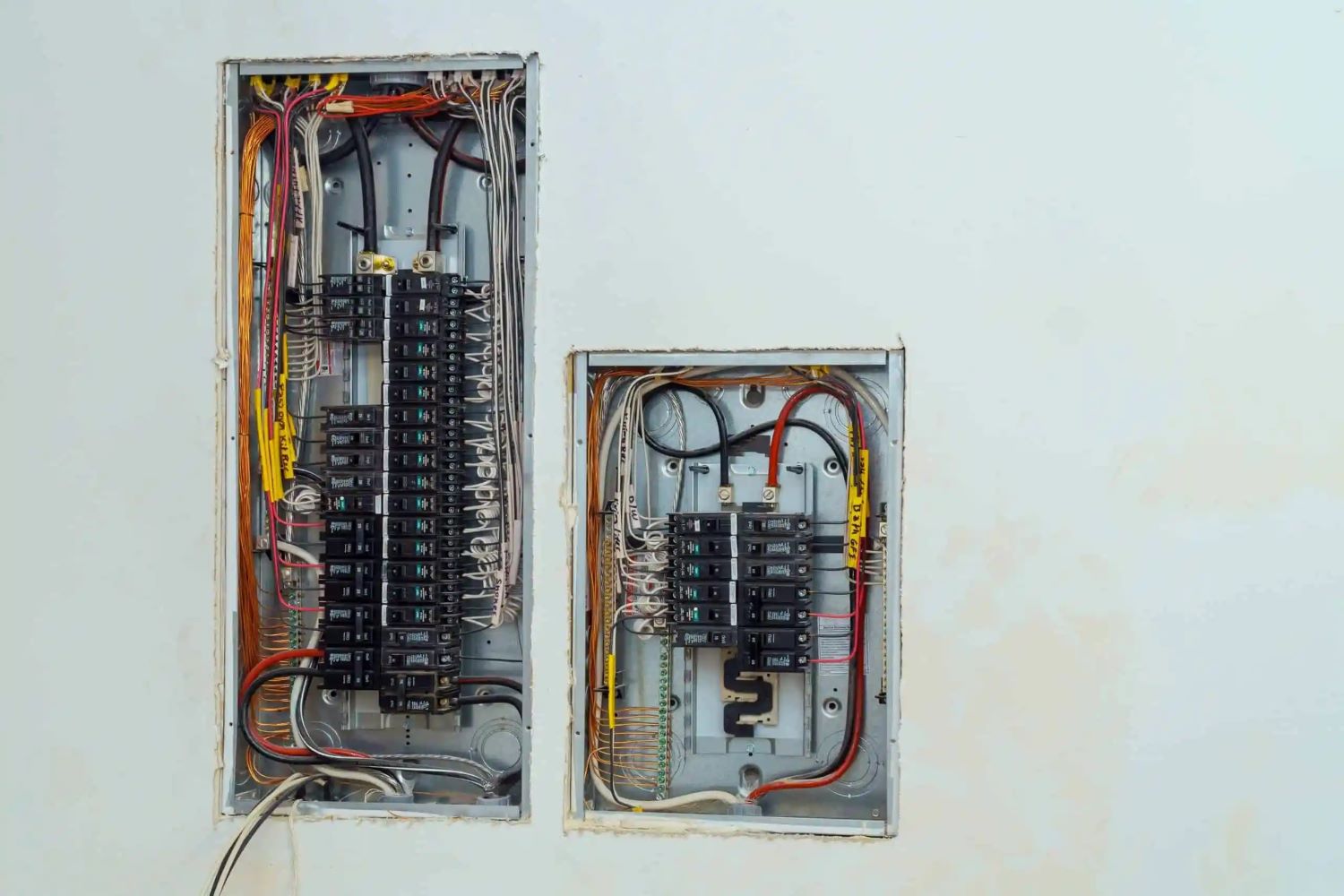
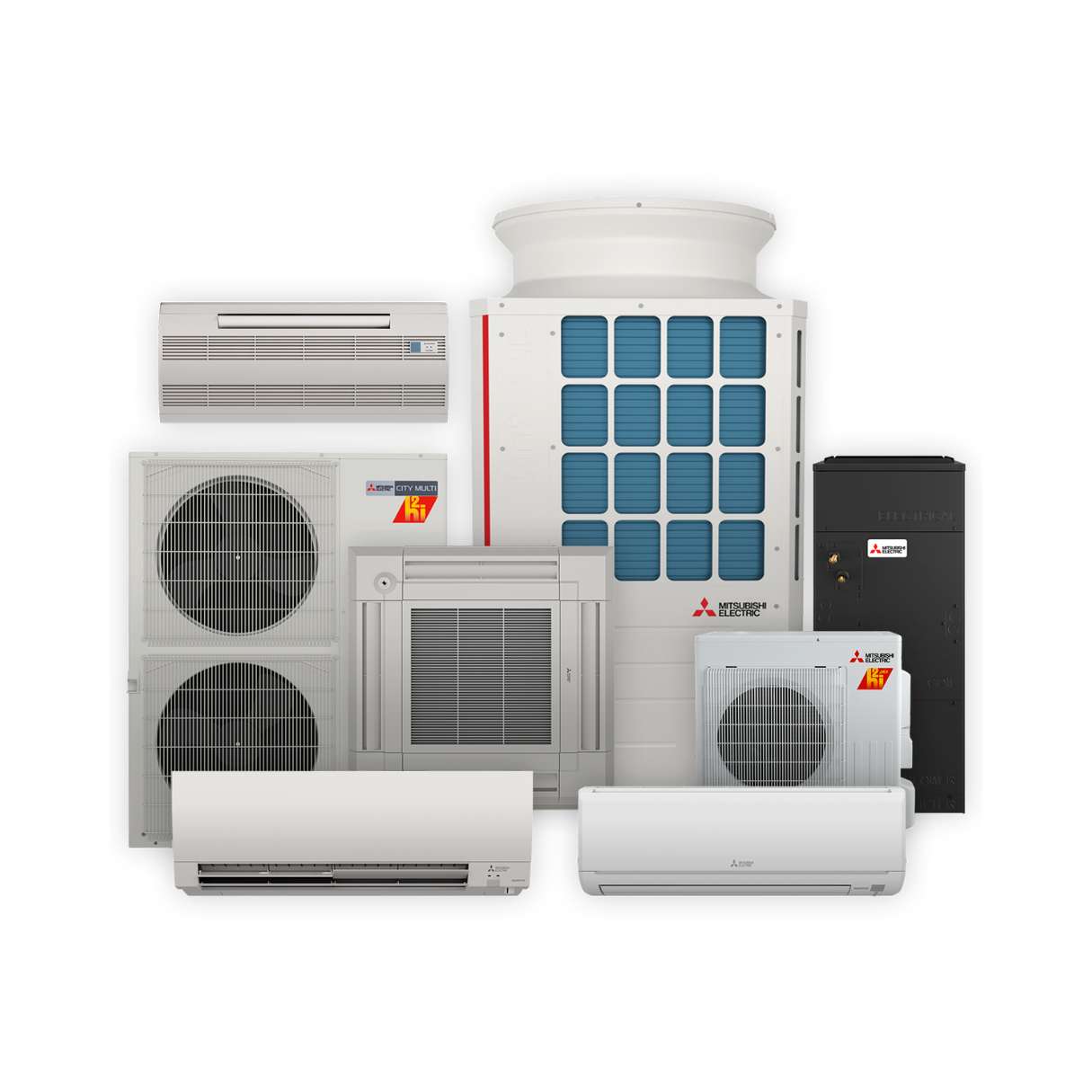
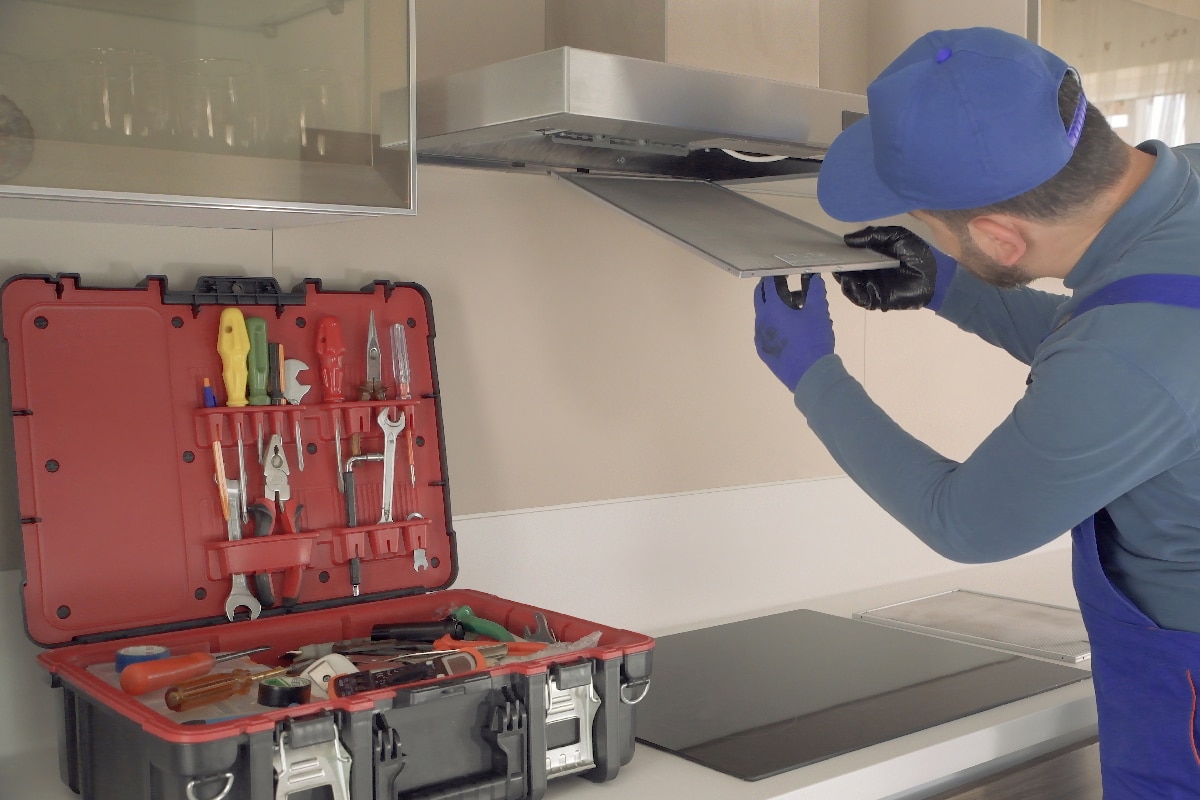

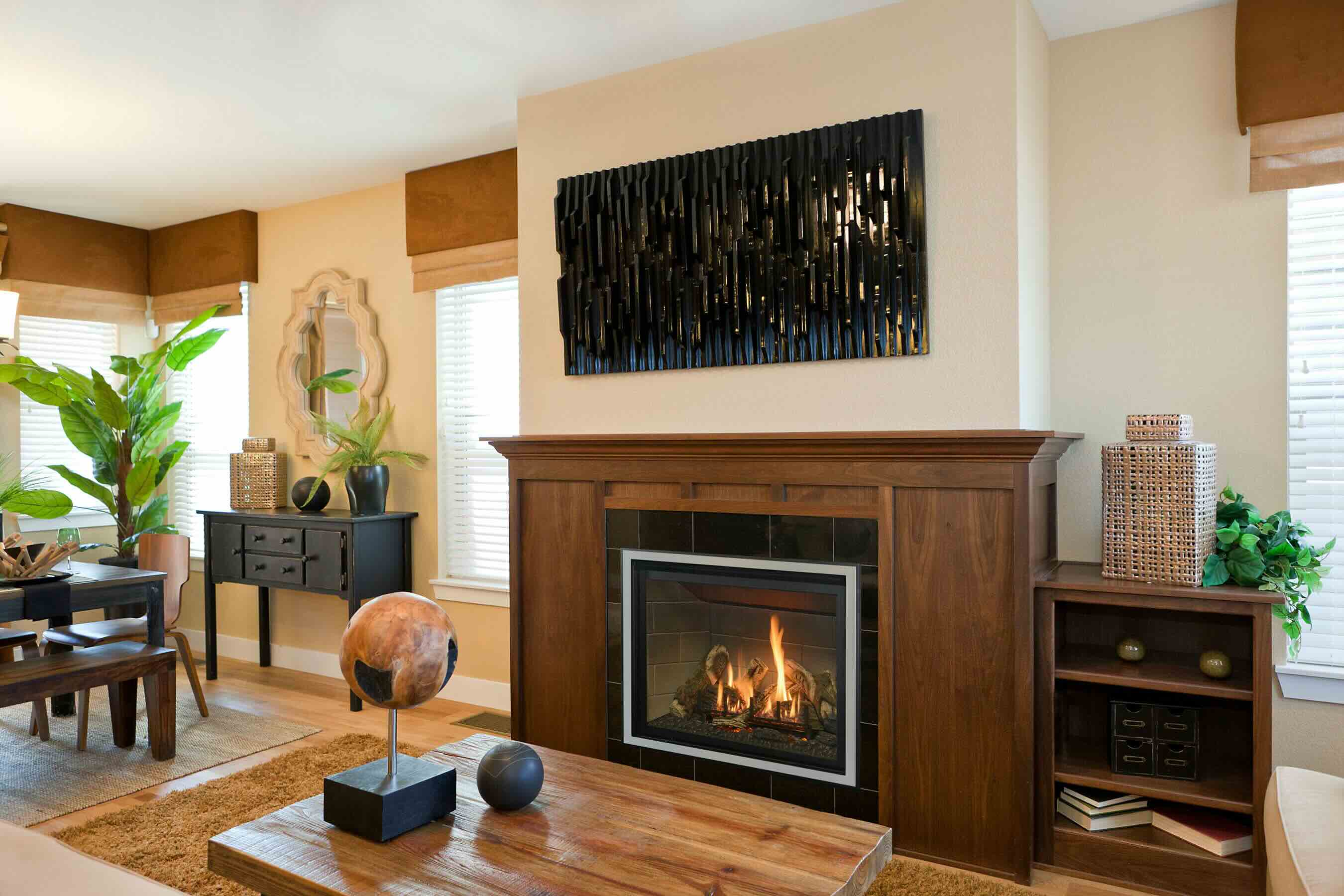
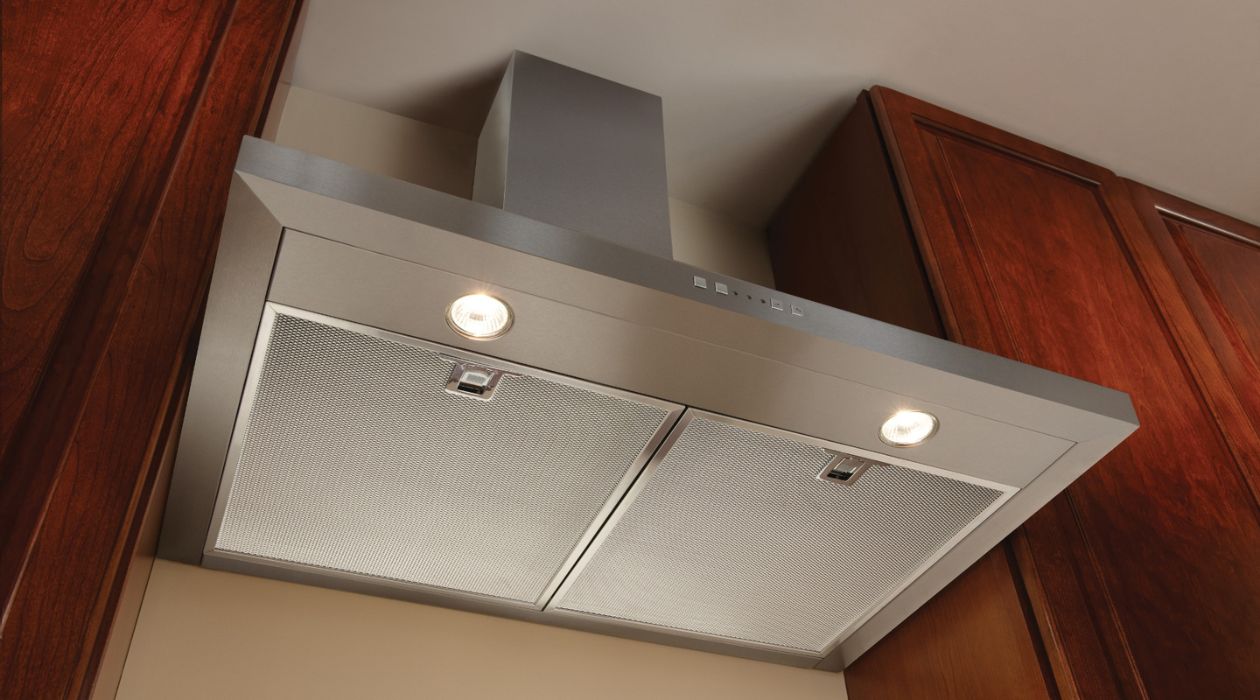
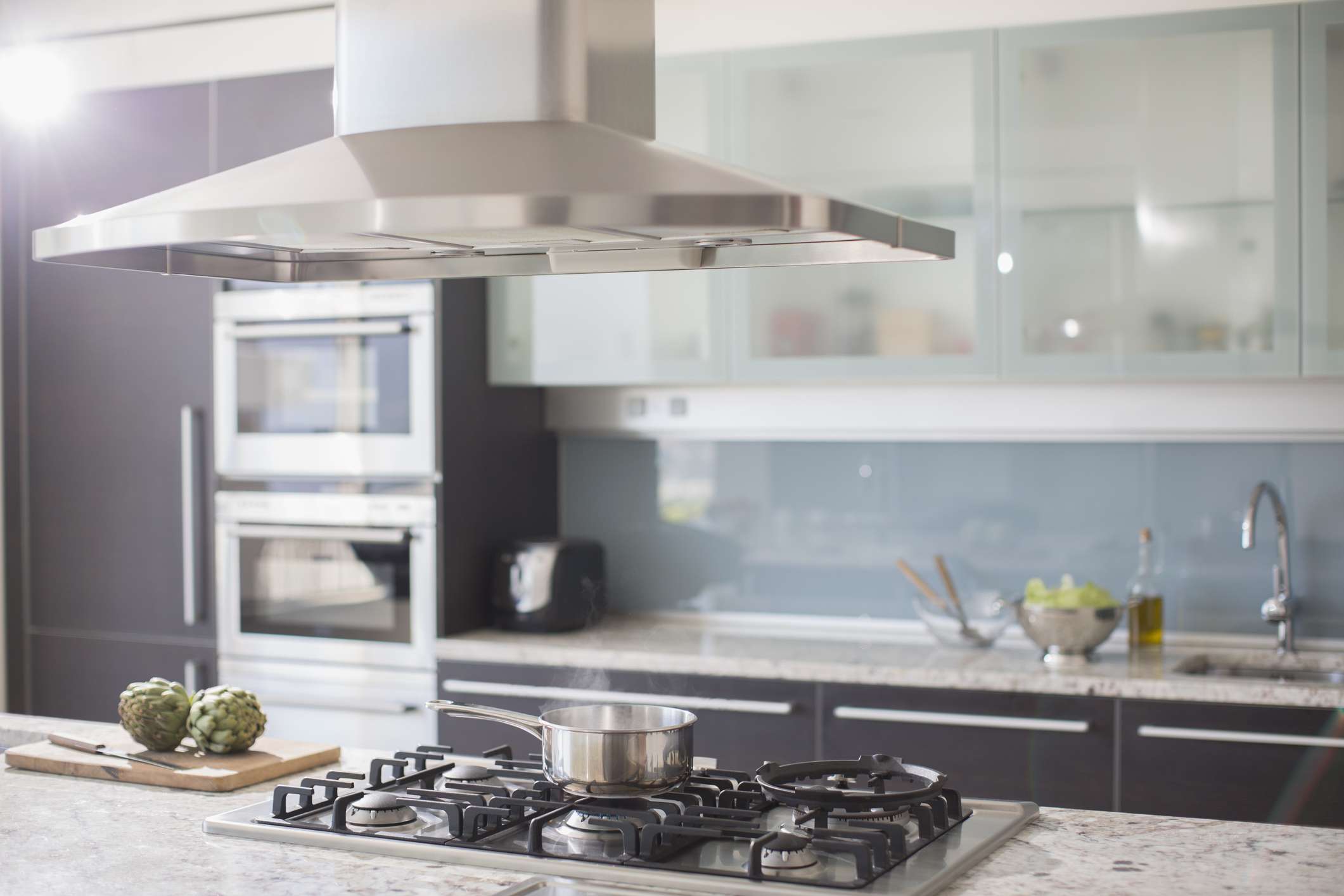
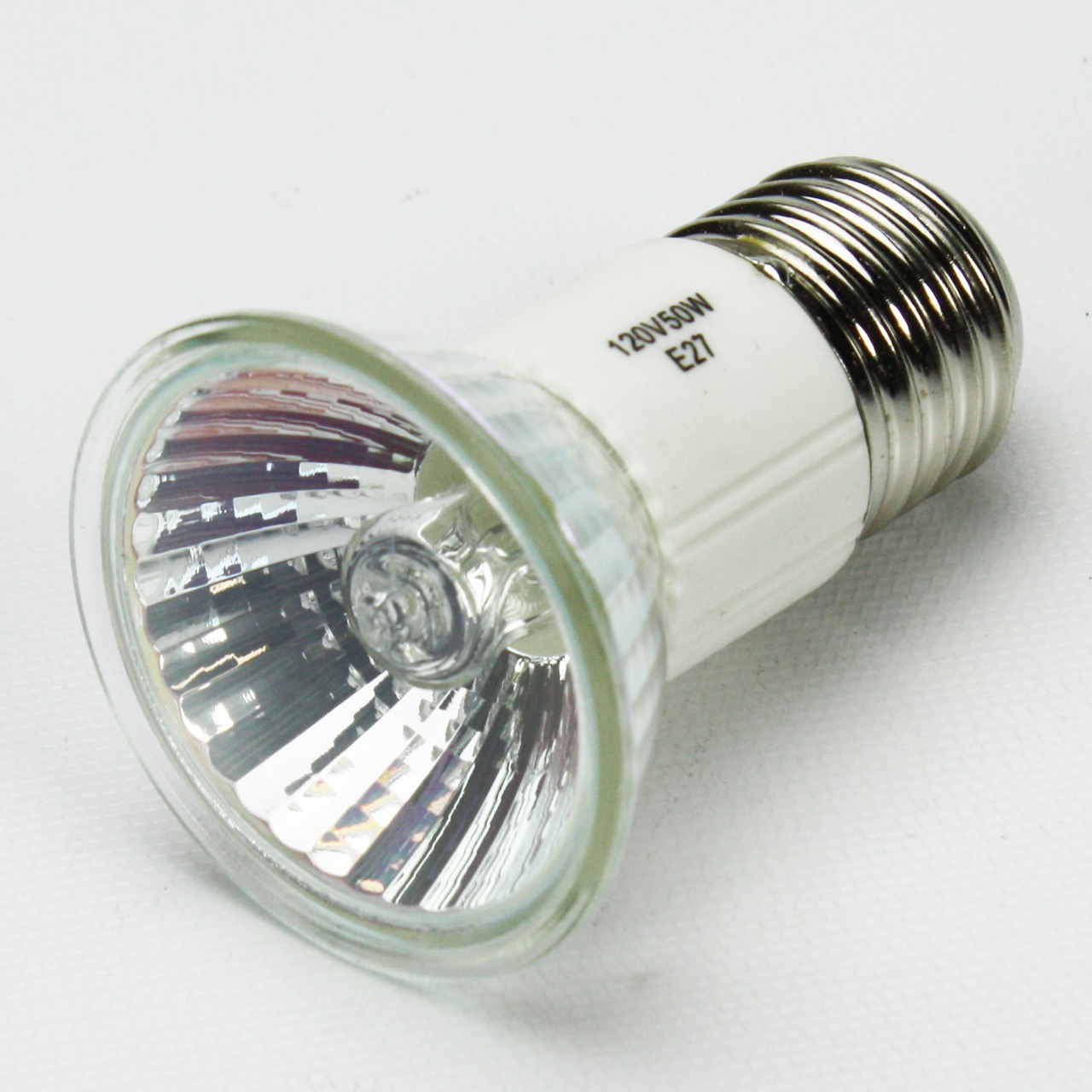

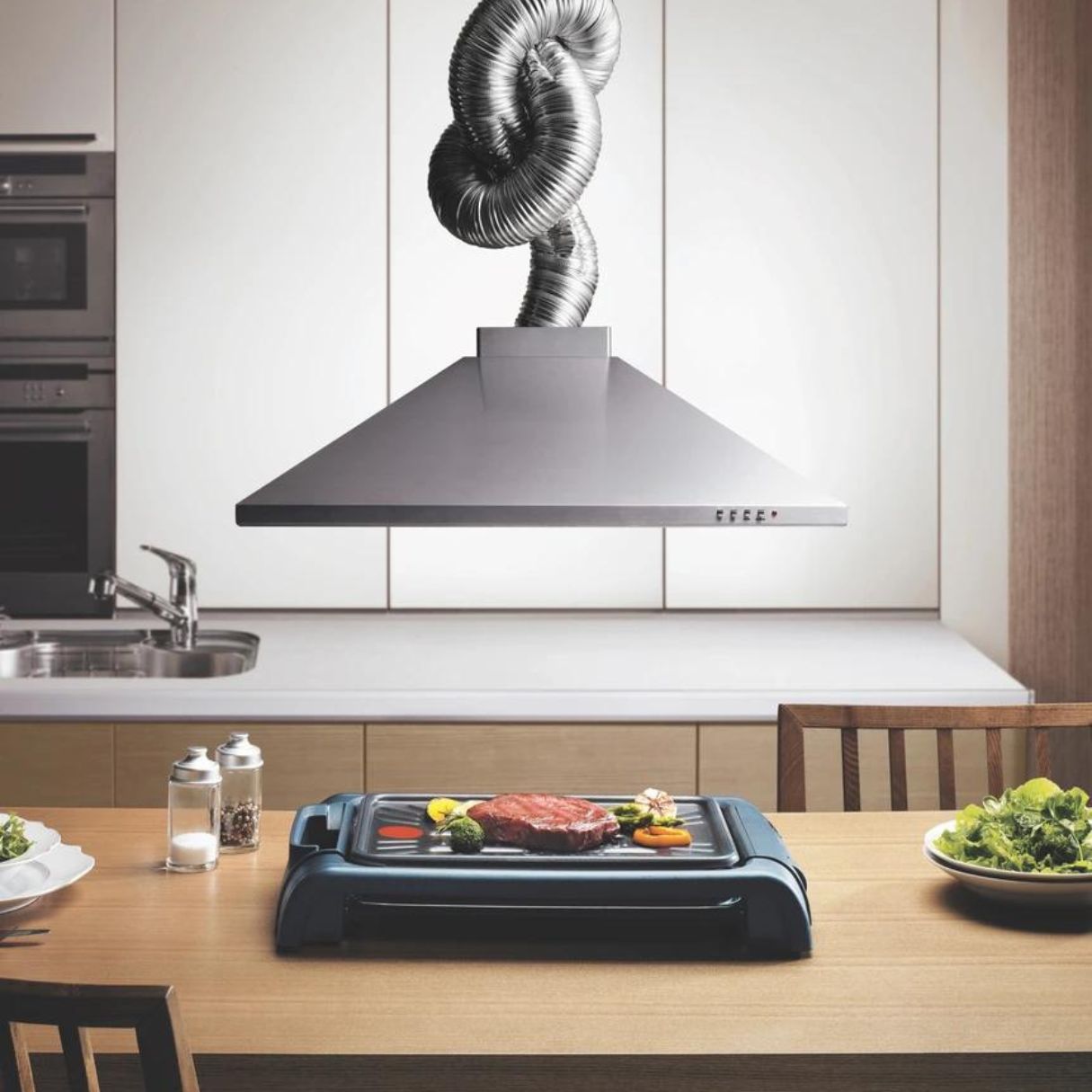

0 thoughts on “Why Use A Ventilation System For A Gas Furnace”